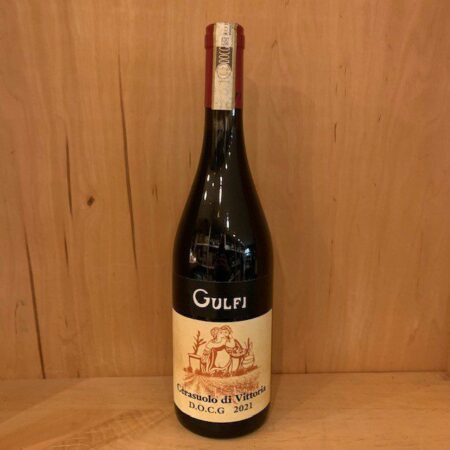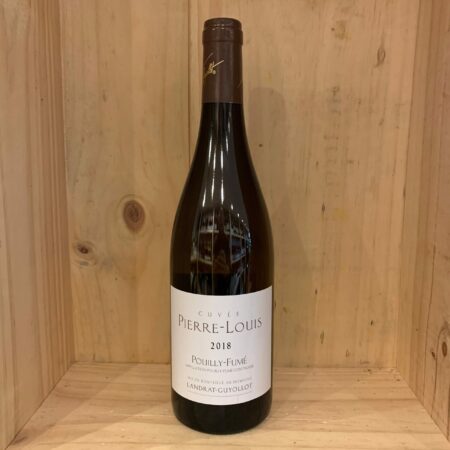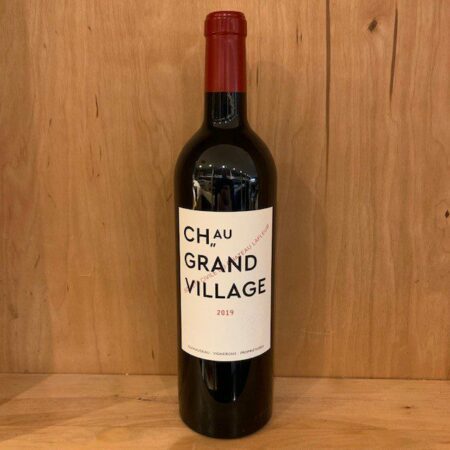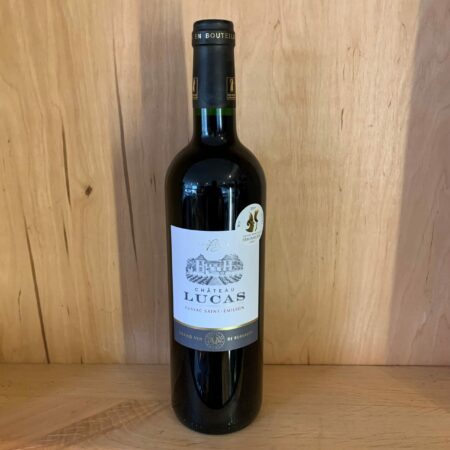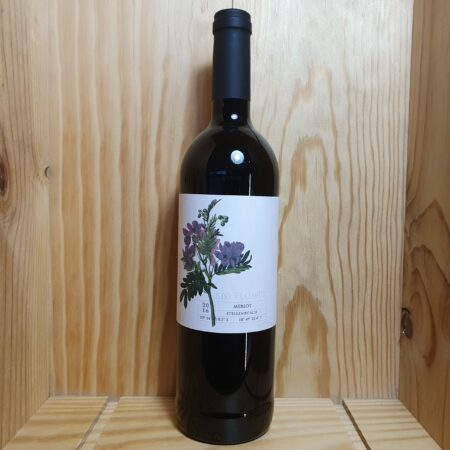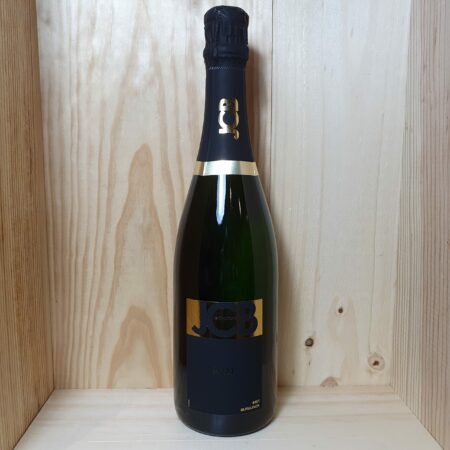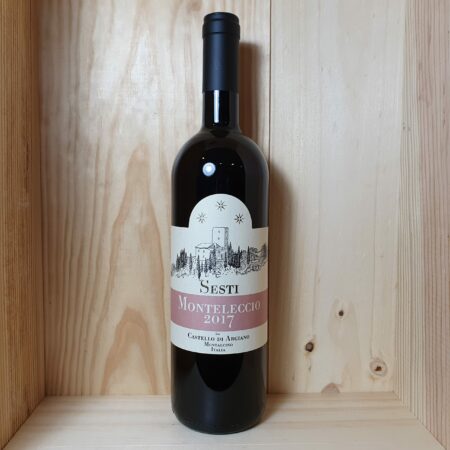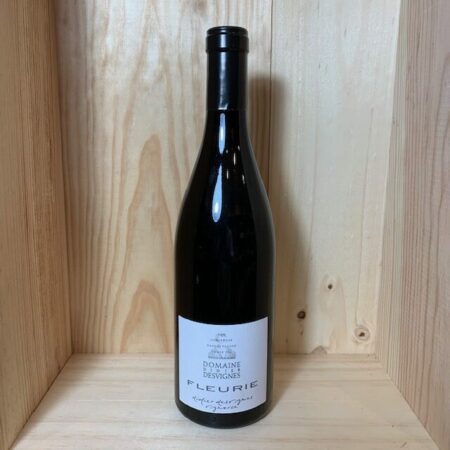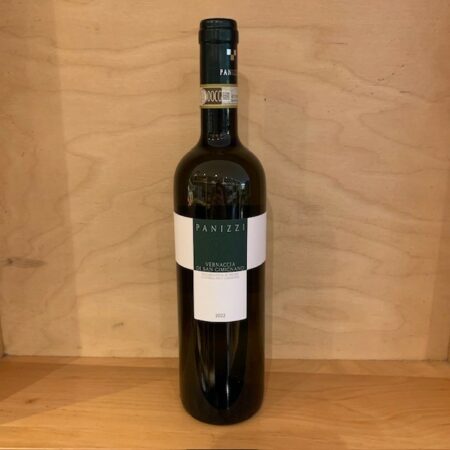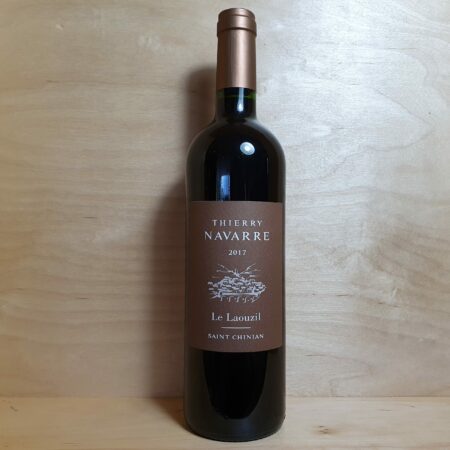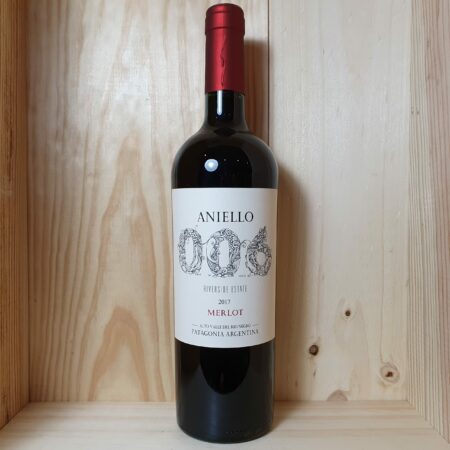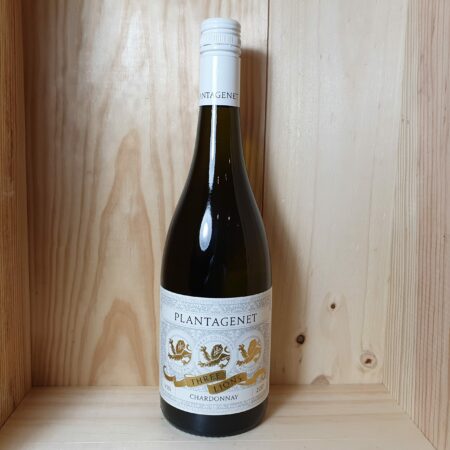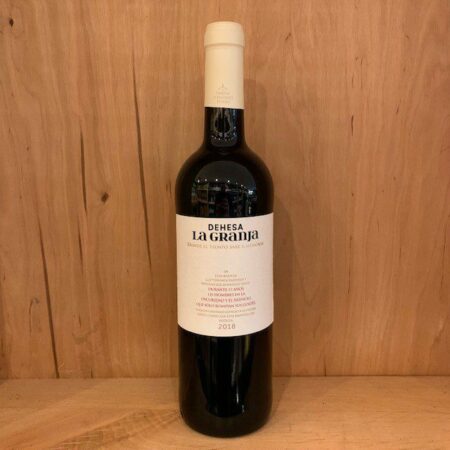Ceresuolo di Vittoria, Gulfi, Sicily
Pouilly-Fume ‘Pierre-Louis’, Domaine Landrat-Guyollot
Saint-Veran ‘Tradition’, Domaine des Deux Roches
Chablis, Gerard Tremblay
Chateau Macquin, Saint-Georges-Saint-Emilion
Wines have been made at Château Macquin since 1885, when the first cellar was developed by François-Albert Macquin. François was the first person to re-plant vines in the Saint-Émilion region following the phylloxera outbreak in the 19th century. Today, the Château is run by his grandson Denis and his wife Christine Corre-Macquin, who own 27 hectares of vines in both Saint-Émilion and Pomerol. They are involved in every vine-growing and winemaking decision to ensure the quality of their wine every vintage.
Château Macquin is located just three kilometres north of Saint-Émilion, in the small village of Saint-Georges, the smallest of all Bordeaux appellations (180 hectares). However, at its peak of 89 metres above sea level, Saint-Georges enjoys one of the best elevations on the right bank, giving the wines freshness and concentration. The south-facing vines are planted on clay and limestone soils and range from 15 to 60 years old. The vines are sustainably farmed, without the use of herbicides, fertilisers, or other harmful chemicals.
The wine is a blend of 80% Merlot and 20% Cabernet Sauvignon. The wine is a deep ruby red with alluring aromas of ripe red cherry, cassis and a hint of liquorice. The palate is full bodied with silky, ripe tannins and concentrated flavours of ripe red fruits, tobacco and graphite are balanced by a lifted acidity.
